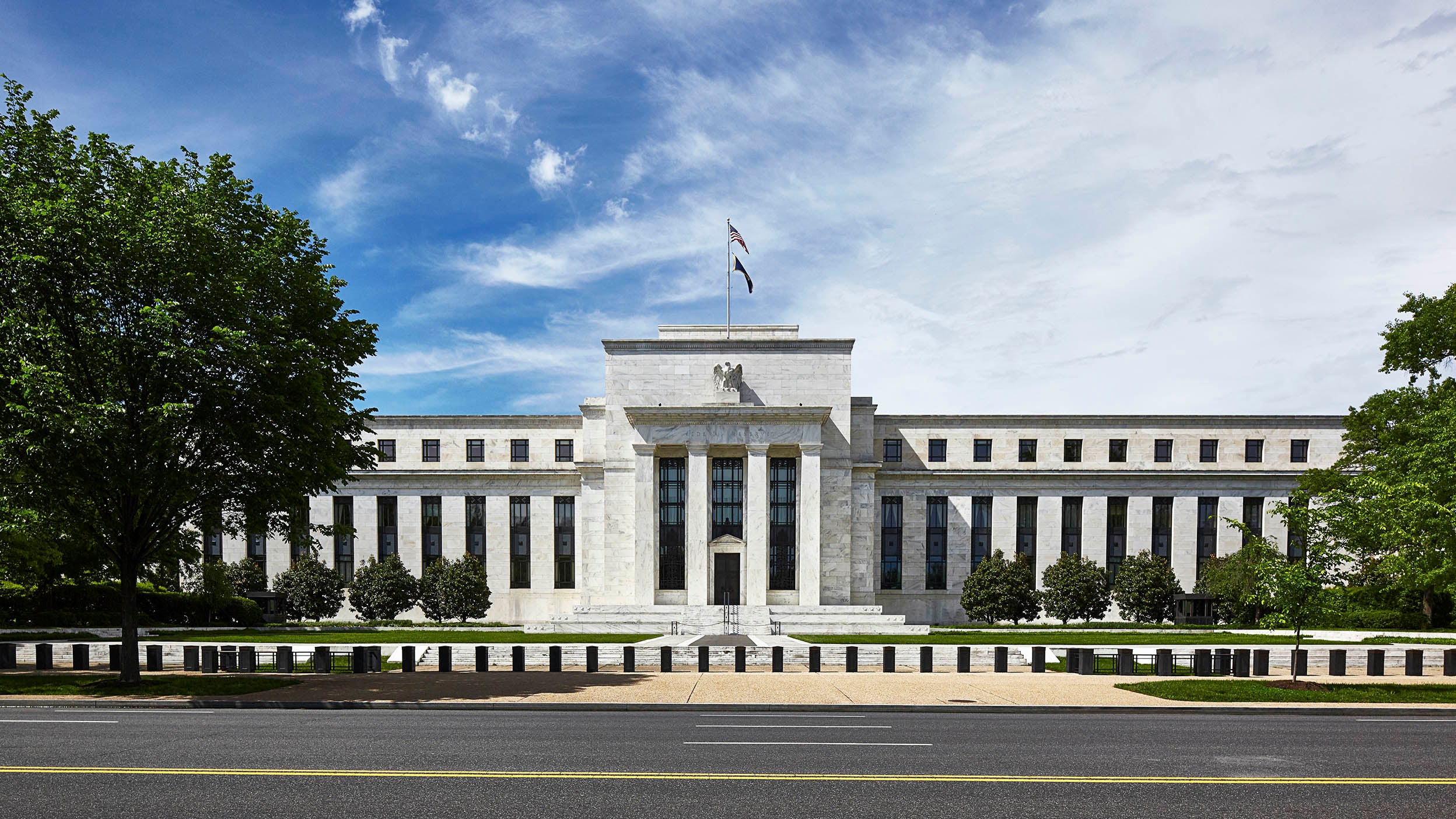
Markets and Economy Above the Noise: Rethinking 2025 narratives
In 2025, clear storylines on the Federal Reserve, AI stocks, and rates captivated us. But the numbers don’t always match the narratives.
A selection of articles from our experts on the markets, economy, and investments.

In 2025, clear storylines on the Federal Reserve, AI stocks, and rates captivated us. But the numbers don’t always match the narratives.

Get expert insight on what’s happening in the muni market and munis by the numbers, a quick look at the key data points, in the latest edition.

If the economy reaccelerates and the Federal Reserve continues cutting interest rates, we believe value stocks could be poised for a resurgence.

For investors looking to diversify their mega-cap technology exposure, improving growth and falling interest rates may be good reasons.

Here’s a quick recap and analysis of the latest Federal Open Market Committee meeting and what it may mean for liquidity investors.

Investors seeking potential income and risk-adjusted performance may want to consider private real estate credit.
Fresh perspectives on economic trends and events impacting the global markets.
Insights on investing implications, market movements, and structural changes in a shifting world.
Explore our latest insights on investment opportunities and potential ways to use ETFs in a portfolio.
We’re here to help you better understand investing in ETFs. Explore our resources below to learn more.
Join us for candid conversations with portfolio managers, market strategists, economists, political experts and more, about the possibilities they see ahead.
NA4629695
There are risks involved with investing in ETFs, including possible loss of money. Index-based ETFs are not actively managed. Actively managed ETFs do not necessarily seek to replicate the performance of a specified index. Both index-based and actively managed ETFs are subject to risks similar to stocks, including those related to short selling and margin maintenance. Ordinary brokerage commissions apply. The Fund's return may not match the return of the Index. The Fund's are subject to certain other risks. Please see the current prospectus for more information regarding the risk associated with an investment in the Funds.
This link takes you to a site not affiliated with Invesco. The site is for informational purposes only. Invesco does not guarantee nor take any responsibility for any of the content.